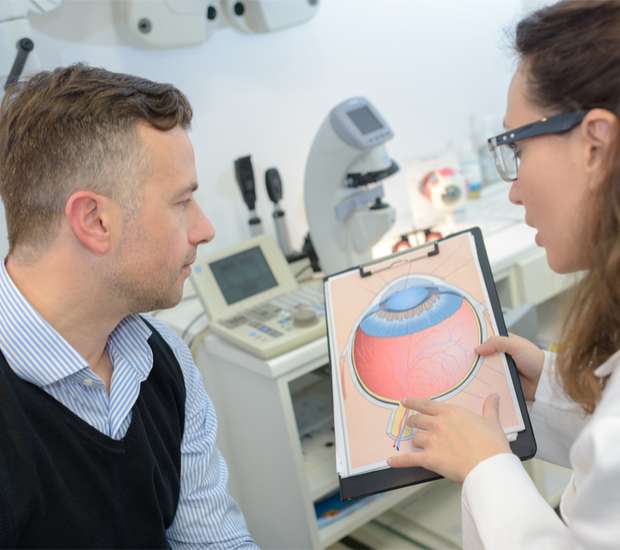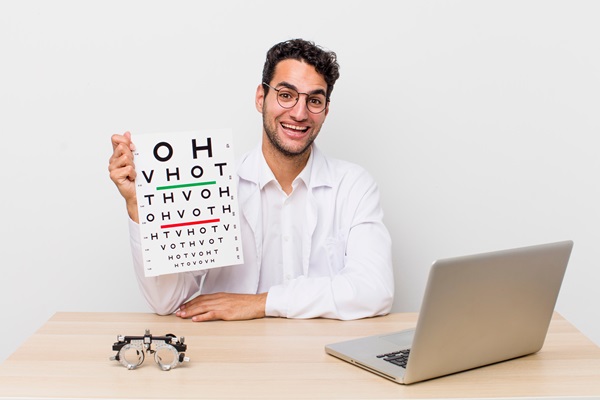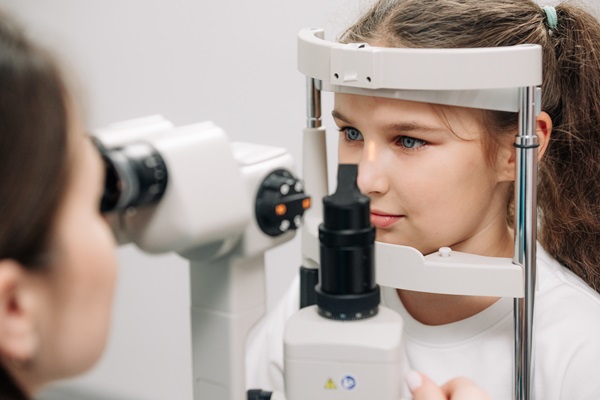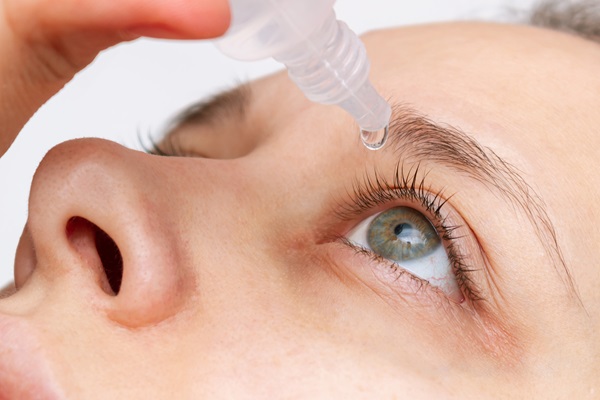Glaucoma TreatmentDallas, TX
The eyes are much more complex than some people give them credit for. After all, people do not always take care of their eyes in the same way they take care of their teeth. There are multiple vision issues and ocular health conditions that are difficult to detect without a professional optometrist’s medical opinion. Glaucoma is one of those conditions that may not display any early warning signs.
Benefits of Glaucoma Treatment
At Texas Optical, we can conduct the necessary tests to detect glaucoma, identify the specific type of glaucoma and recommend treatment. With our glaucoma treatment, we can help to prevent the worst possible outcome of the condition - losing one’s sight. Thus, seeking treatment for this condition as soon as possible is crucial for one’s health.
If you have not received an eye exam in the last year and are concerned you have symptoms of glaucoma or another condition, then call us today.
In many cases, the symptoms of glaucoma will remain undetected until the condition is in the advanced stages. Due to that, it is crucial for people to seek regular eye exams once every one or two years. People who are at a risk for glaucoma will need to at least seek annual exams. It is important to note that treatment cannot reverse any damaged already caused by glaucoma.
However, early detection can make prevention a possibility. Benefits of our glaucoma treatment include:
- Preventing vision loss
- Relieving pressure in the eyes
- Customized treatment
- Prescribing eyedrops to improve how fluid drains from the eyes
- Conducting regular checkups on the symptoms
- Continued follow-up care to keep symptoms in check
While surgery, laser therapy and other treatment options are available, the type of treatment we recommend will depend entirely on the patient’s overall condition and the type of symptoms they are struggling with. Since glaucoma is a group of eye conditions that affect the optic nerve, the treatment will vary greatly.
Signs and Symptoms of Glaucoma
In order to get the most out of glaucoma treatment, it is important to understand the signs and symptoms of glaucoma. With various types of glaucoma, there are symptoms that can affect one’s vision in different ways than others.
Open-Angle Glaucoma
Open-angle glaucoma is the type of glaucoma that is most common in patients. Open-angle glaucoma involves a gradual increase in the pressure on the eyes, which damages the optic nerve. Symptoms of open-angle glaucoma include patchy blind spots in the peripheral or central vision, along with tunnel vision in the advanced stages.
Angle-Closure Glaucoma
This type of glaucoma occurs when the iris bulges forward causing difficulty for fluid draining in the eyes from the cornea and iris. This is the result of narrow drainage angles, which people may not realize puts them at risk for glaucoma. Symptoms of angle-closure glaucoma include severe headache, eye pain, blurred vision, seeing halos around lights, redness in the eyes, nausea and vomiting.
Normal-Tension Glaucoma
This occurs when the optic nerve sustains damage even though there are normal levels of eye pressure in the patient. Symptoms may be similar to other types of glaucoma, but the cause is not always specific. It may be the result of a sensitive optic nerve or a lack of blood flowing to the nerve.
The Glaucoma Treatment Process
Many of these symptoms only occur in the advanced stages and will not be present until then. With proper treatment, we can help prevent the risk of losing one’s sight in one or both eyes. If patients experience any symptoms, pressure or have a family history of glaucoma, seeking early treatment is vital to maintaining one’s quality of vision.
In order to determine if a patient has glaucoma, we may:
- Testing for any loss in vision
- Measuring the thickness of the corneal
- Inspecting the drainage angle
- Using a dilated eye exam and imaging tests for optic nerve damage
- Measuring eye pressure
We may prescribe prescription eye drops to help treat the patient’s condition. Some eye drops may increase the flow of fluid from the eyes, while others will decrease the amount of fluid in the eye. We can also recommend medication that will help. There are also surgical options to consider as well. One of the main components of treatment is to seek regular eye exams.
We strive to provide professional treatment with long-term relief. We will do everything in our power to help prevent glaucoma from getting worse. If you have glaucoma -like symptoms or other eye issues, then give us a call and schedule an appointment with us today.





